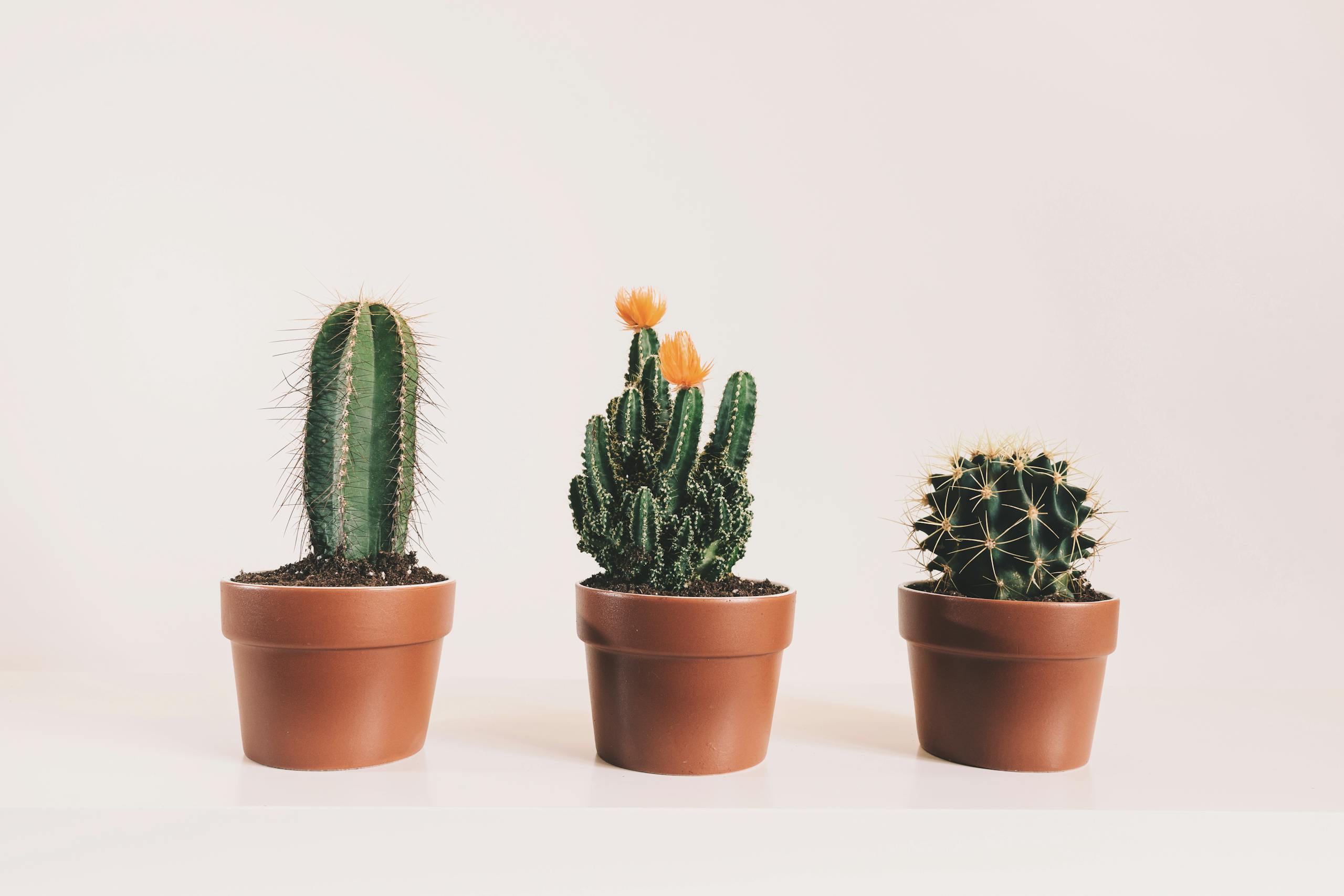How to Properly Care for an Overwatered Cactus: A Comprehensive Guide

Cacti are resilient desert plants, but even they can fall victim to overwatering. If you’ve noticed your prickly friend looking a bit under the weather, don’t worry! This comprehensive guide will walk you through how to properly care for an overwatered cactus and nurse it back to health. We’ll cover everything from identifying the signs of overwatering to implementing a recovery plan that will have your cactus thriving again in no time.
Understanding Overwatering in Cacti
Before we dive into the rescue mission, let’s understand why overwatering is such a problem for cacti. These desert dwellers have adapted to survive in arid conditions, storing water in their stems and leaves. When we give them too much water, it disrupts their natural balance and can lead to serious issues.
- Root Rot: Excess water in the soil can cause the roots to rot, preventing the plant from absorbing nutrients.
- Fungal Growth: Moist conditions create the perfect environment for harmful fungi to thrive.
- Cellular Damage: Overwatering can cause cells in the cactus to burst, leading to mushy spots and discoloration.
Signs Your Cactus is Overwatered
Recognizing the symptoms of an overwatered cactus is crucial for timely intervention. Here are the telltale signs to watch out for:
- Discoloration: Look for yellowing or browning of the cactus body.
- Softness: An overwatered cactus may feel mushy or soft to the touch.
- Wilting: Despite having plenty of water, the cactus may appear droopy or wilted.
- Mold Growth: You might notice fuzzy white or gray spots on the soil or the cactus itself.
- Foul Odor: A rotting smell coming from the soil is a clear indicator of root rot.
- Stunted Growth: Overwatered cacti often stop growing or show very slow growth.
- Pest Infestation: Excess moisture can attract pests like fungus gnats.
Step-by-Step Guide to Saving an Overwatered Cactus
Now that we’ve identified the problem, let’s roll up our sleeves and get to work on saving your overwatered cactus. Follow these steps carefully to give your plant the best chance at recovery.
1. Stop Watering Immediately
The first and most crucial step is to stop watering your cactus. This might seem obvious, but it’s essential to break the cycle of overwatering.
2. Assess the Damage
Carefully examine your cactus to determine the extent of the damage. Look for signs of rot, especially at the base of the plant and the roots.
3. Remove the Cactus from Its Pot
Gently remove the cactus from its current pot. Be careful not to damage the plant or any healthy roots in the process.
4. Trim Away Rotted Roots
Using clean, sharp scissors or pruning shears, cut away any roots that appear black, mushy, or smell foul. Healthy roots should be firm and light-colored.
5. Treat with Fungicide
Apply a fungicide to the remaining healthy roots to prevent further fungal growth. This step is crucial in preventing reinfection.
6. Allow the Cactus to Dry
Let your cactus air dry for a few days in a warm, dry place out of direct sunlight. This helps any cuts or wounds callous over, reducing the risk of infection.
7. Repot in Fresh, Well-Draining Soil
Choose a new pot with drainage holes and fill it with a specially formulated cactus soil mix. These mixes are designed to provide excellent drainage.
8. Careful Watering
After repotting, wait at least a week before watering your cactus. When you do water, do so sparingly, allowing the soil to dry out completely between waterings.
9. Provide Proper Lighting
Place your cactus in a spot where it receives bright, indirect sunlight. Gradually increase its exposure to direct sunlight over time.
10. Monitor Closely
Keep a close eye on your cactus over the next few weeks. Look for signs of new growth, which indicate recovery.
Prevention is Better Than Cure
Once you’ve nursed your cactus back to health, it’s important to prevent future overwatering. Here are some tips to keep your cactus happy and healthy:
- Use the Right Soil: Always use a well-draining cactus or succulent potting mix.
- Choose the Right Pot: Ensure your pot has drainage holes to allow excess water to escape.
- Water Wisely: Water deeply but infrequently, allowing the soil to dry out completely between waterings.
- Adjust for Seasons: Reduce watering during the cactus’s dormant period, typically in winter.
- Provide Adequate Light: Most cacti need at least 4-6 hours of direct sunlight daily.
- Monitor Humidity: If you live in a humid climate, you may need to water even less frequently.
Frequently Asked Questions
Q: How often should I water my cactus? A
: It depends on various factors like climate, season, and pot size. Generally, watering once every 2-3 weeks during the growing season and once a month during dormancy is sufficient.
Q: Can a cactus recover from root rot?
A: Yes, if caught early and treated promptly. Remove rotted parts, treat with fungicide, and repot in fresh soil for the best chance of recovery.
Q: Is it better to underwater or overwater a cactus?
A: It’s generally safer to underwater a cactus. These plants are adapted to survive drought conditions and can recover more easily from underwatering than overwatering.
Q: How can I tell if my cactus needs water?
A: Check the soil moisture with your finger. If it’s completely dry 2 inches deep, it’s time to water. Some cacti may also appear slightly shriveled when thirsty.
Q: Can I save a cactus that’s turned yellow from overwatering?
A: If the yellowing is caught early, you can often save the cactus by following the steps outlined in this guide. However, if the entire plant has turned yellow and mushy, it may be too late.
Conclusion
Caring for an overwatered cactus requires patience and attention to detail, but with the right approach, you can nurse your prickly friend back to health. Remember, prevention is key – by understanding your cactus’s needs and providing the right care, you can avoid overwatering issues in the future.
By following this comprehensive guide, you’re well-equipped to tackle any overwatering challenges your cactus might face. With proper care, your resilient desert companion will thrive, bringing a touch of the arid wilderness into your home for years to come.
Happy cactus growing!





